
Trekking Trekking in Bhutan - Taking On The Lunana Snowman
It may not be the toughest trek in the world, as sometimes claimed, but it's up there with the greatest. Join Natalie Wilson on this month-long journey along herder's trails high in the unique Himalayan kingdom of Bhutan, a country where the mo...

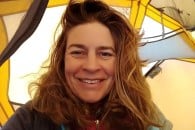


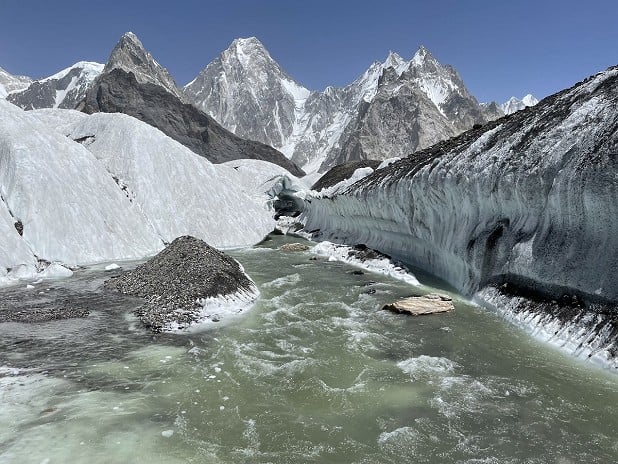
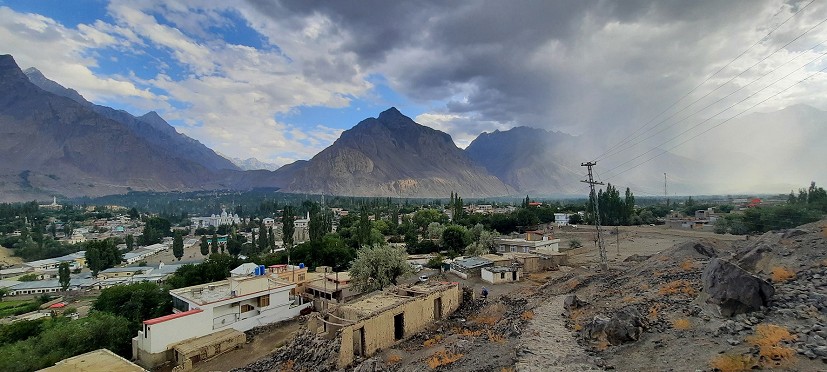
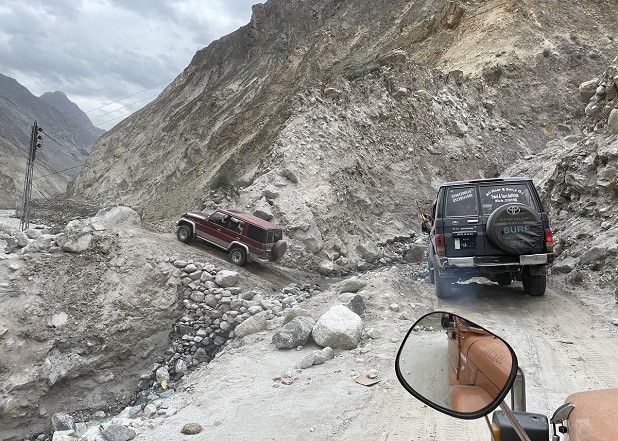
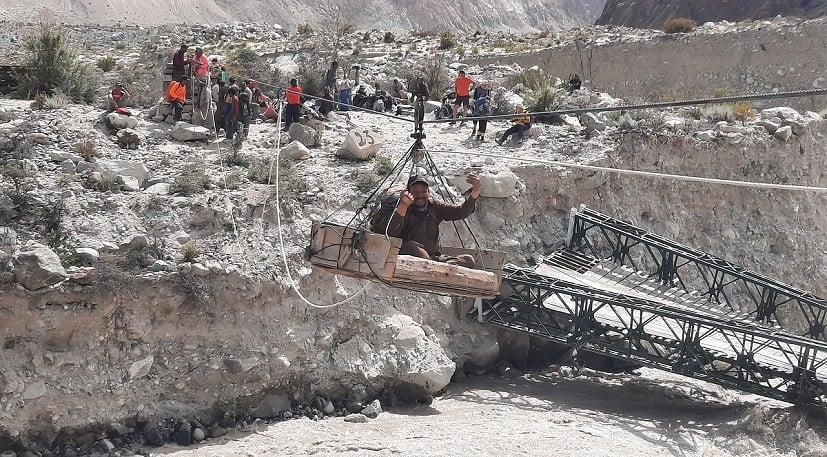

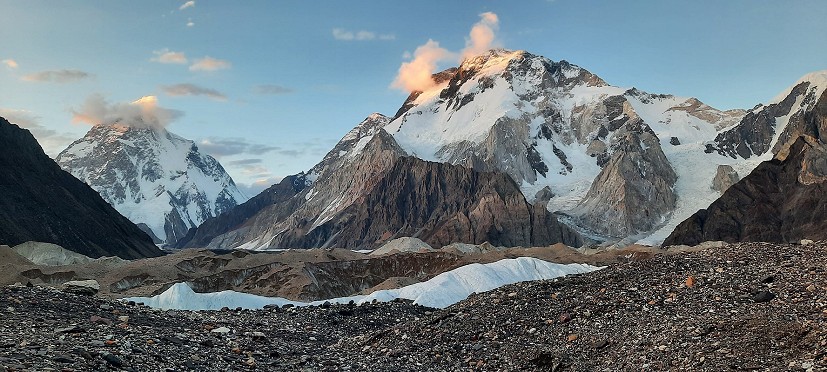
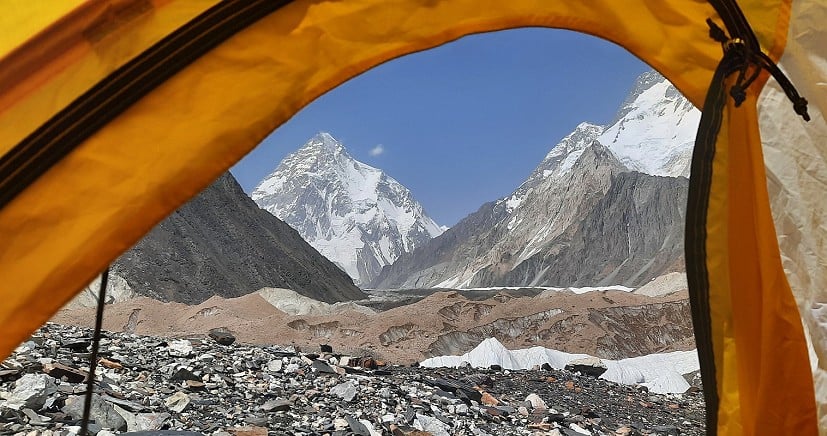
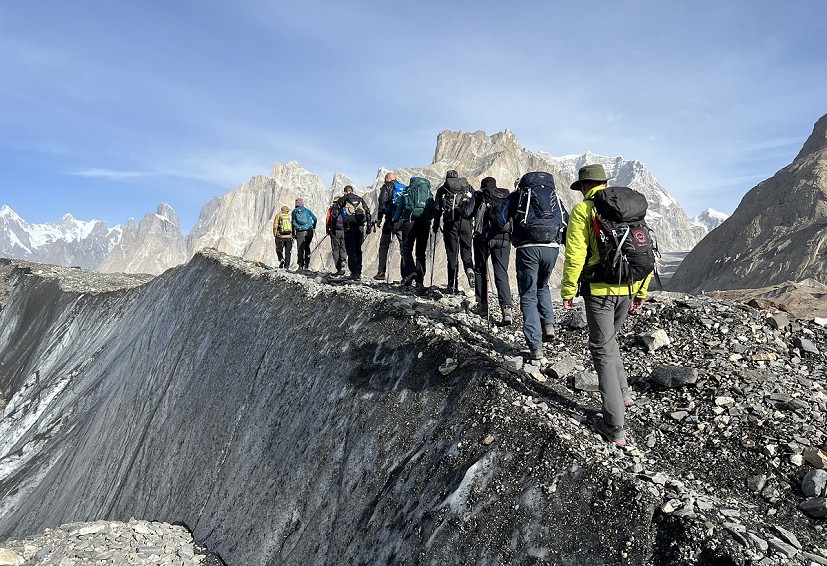




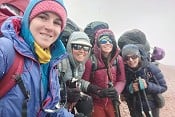
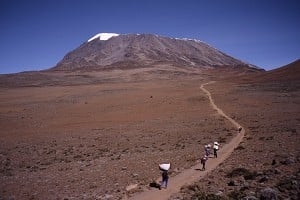

Comments